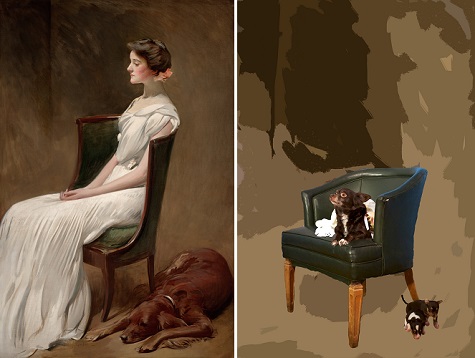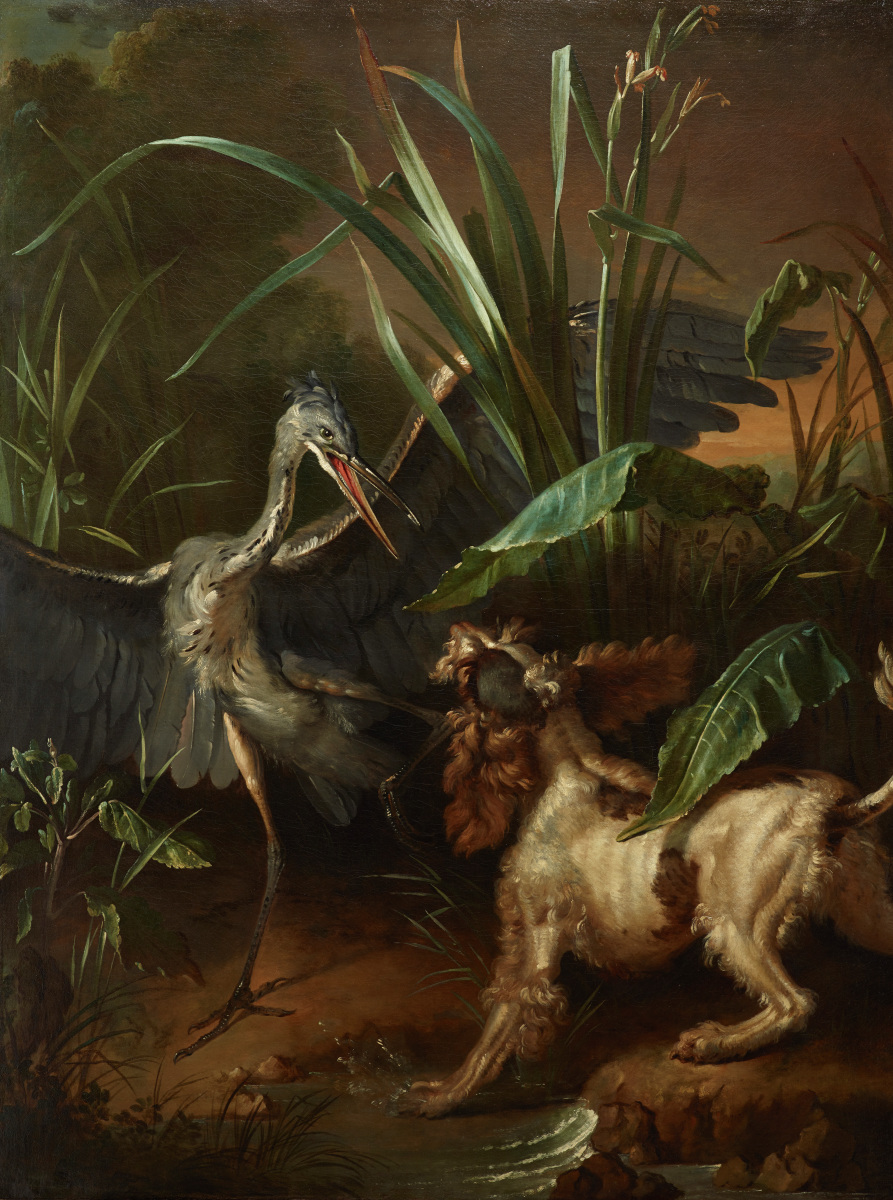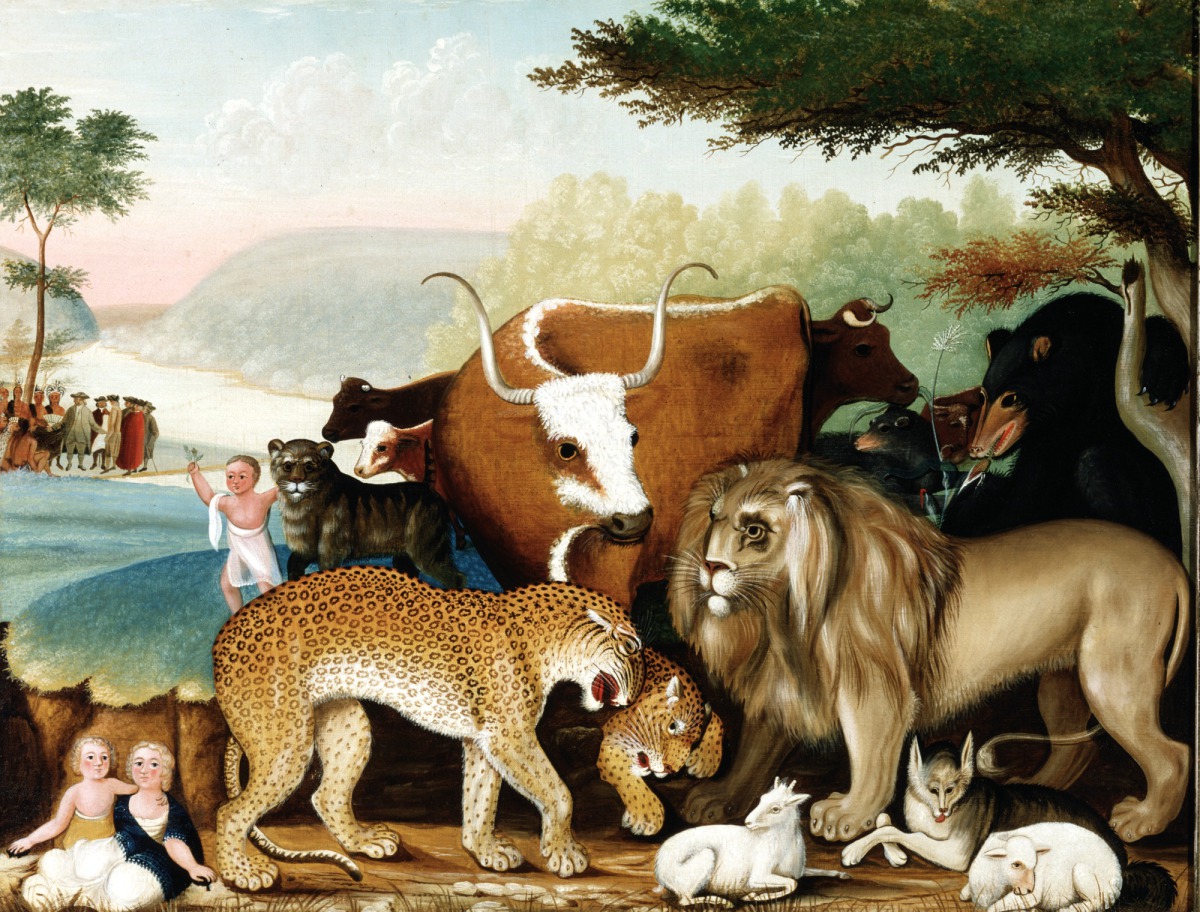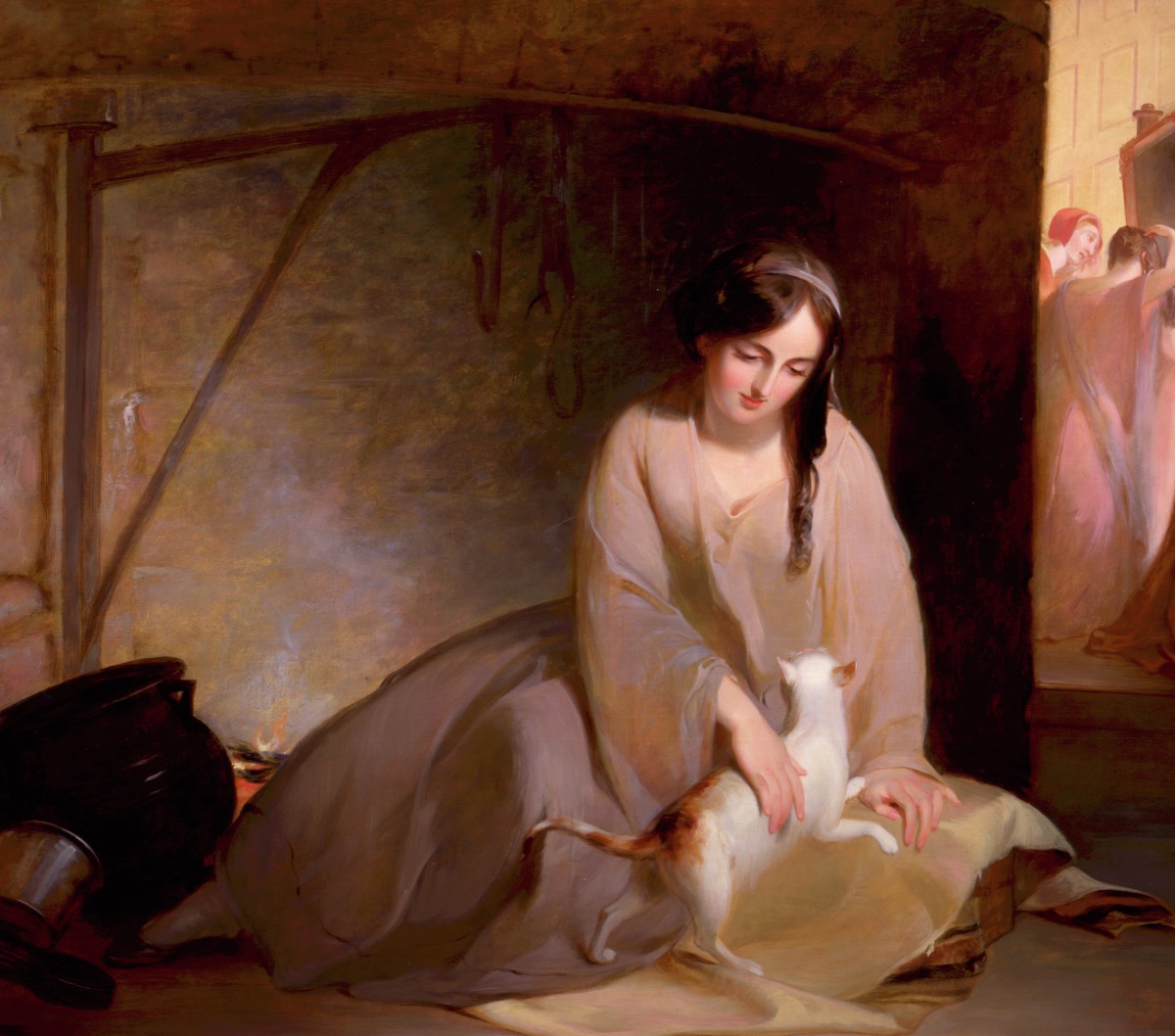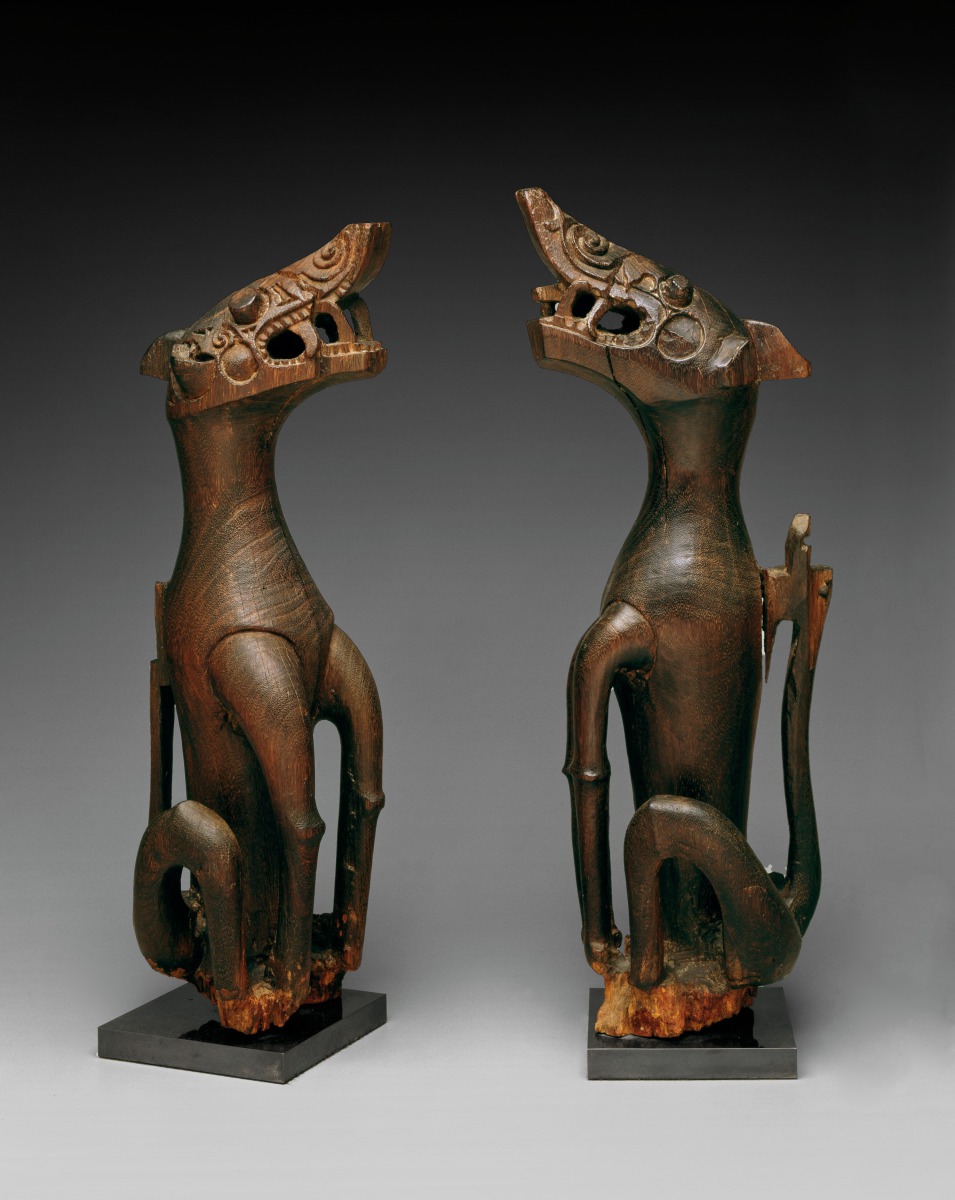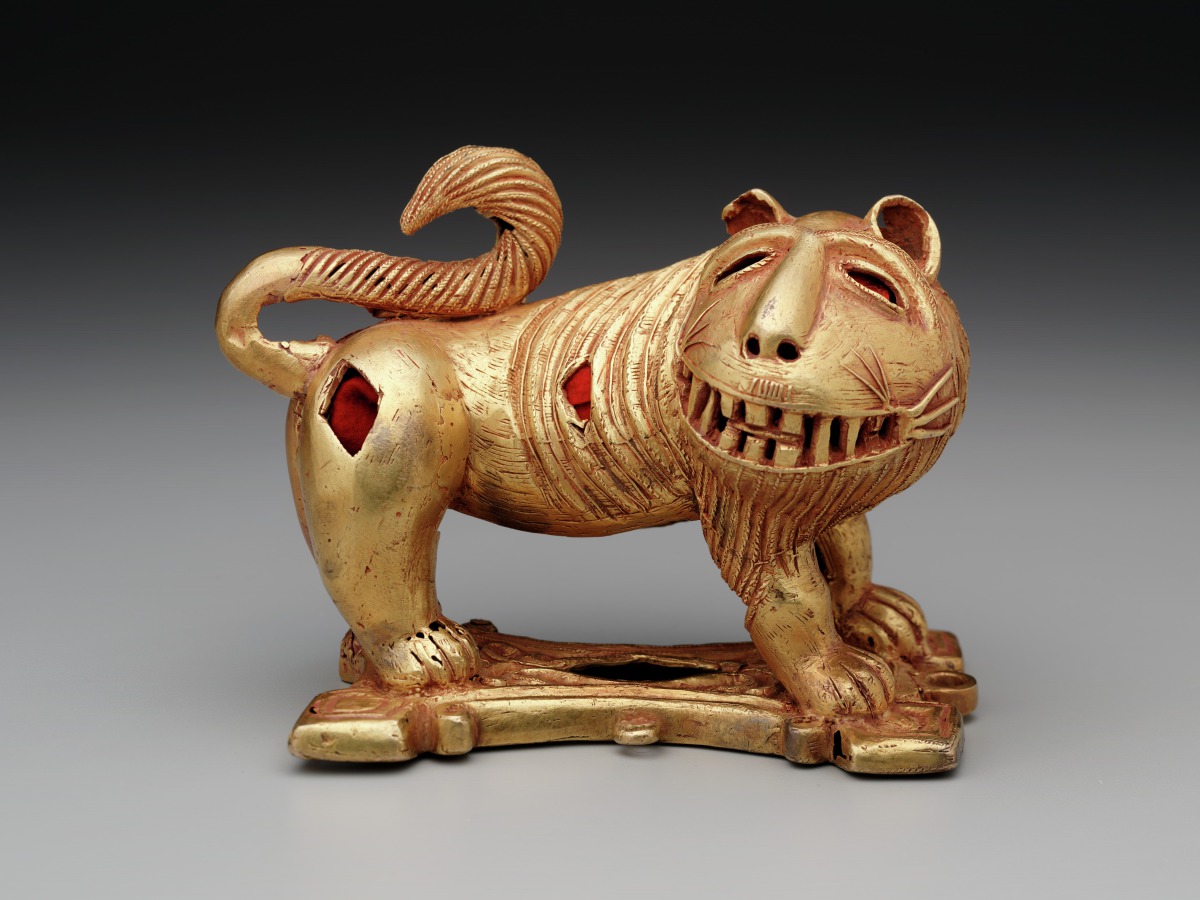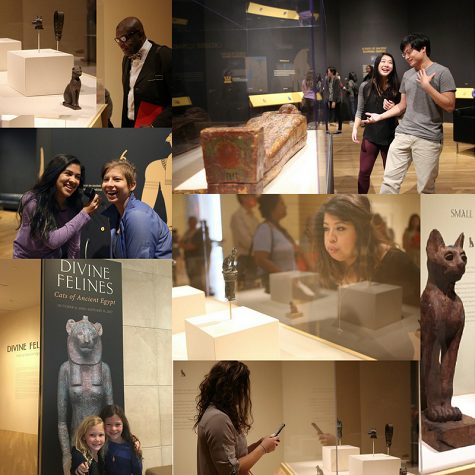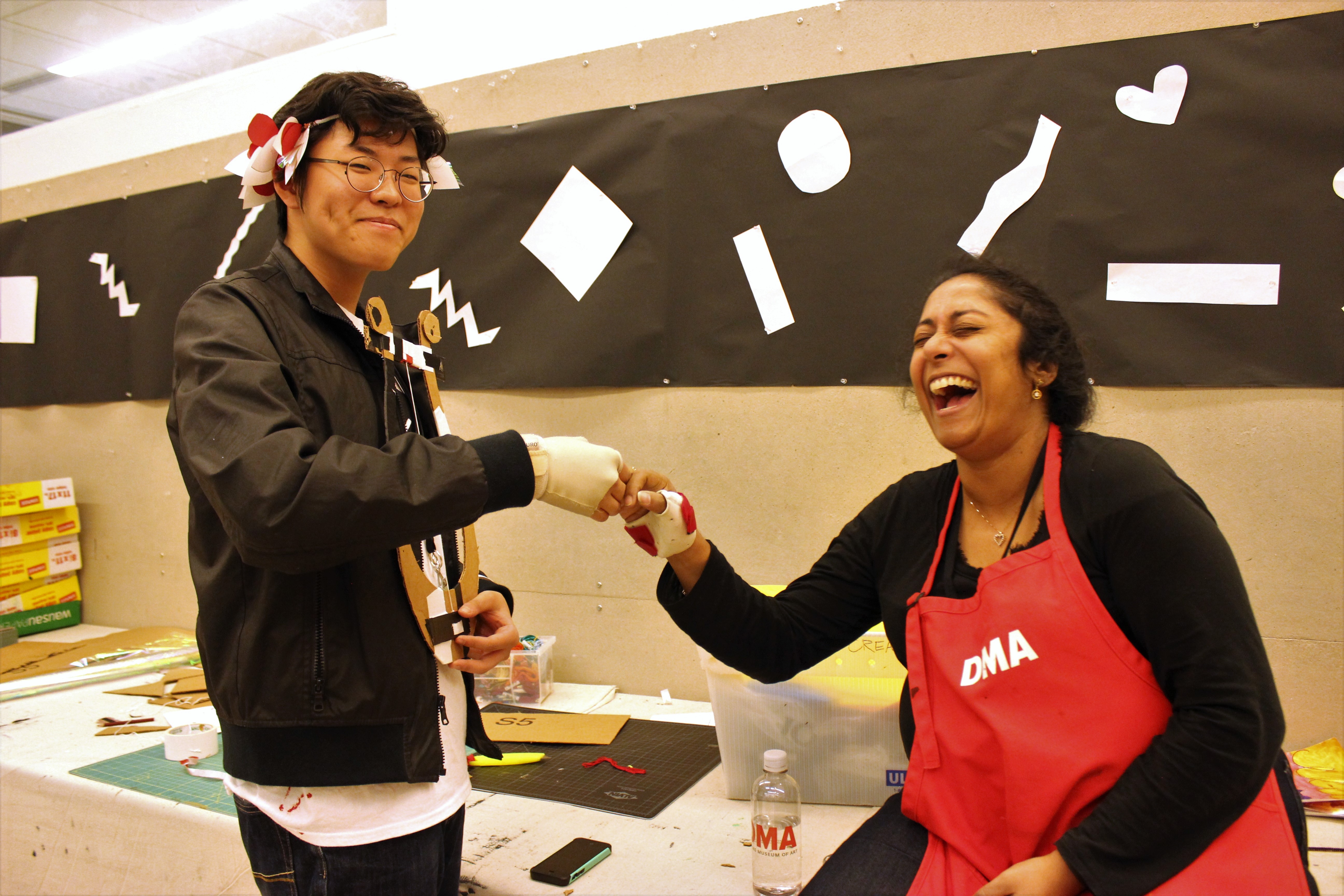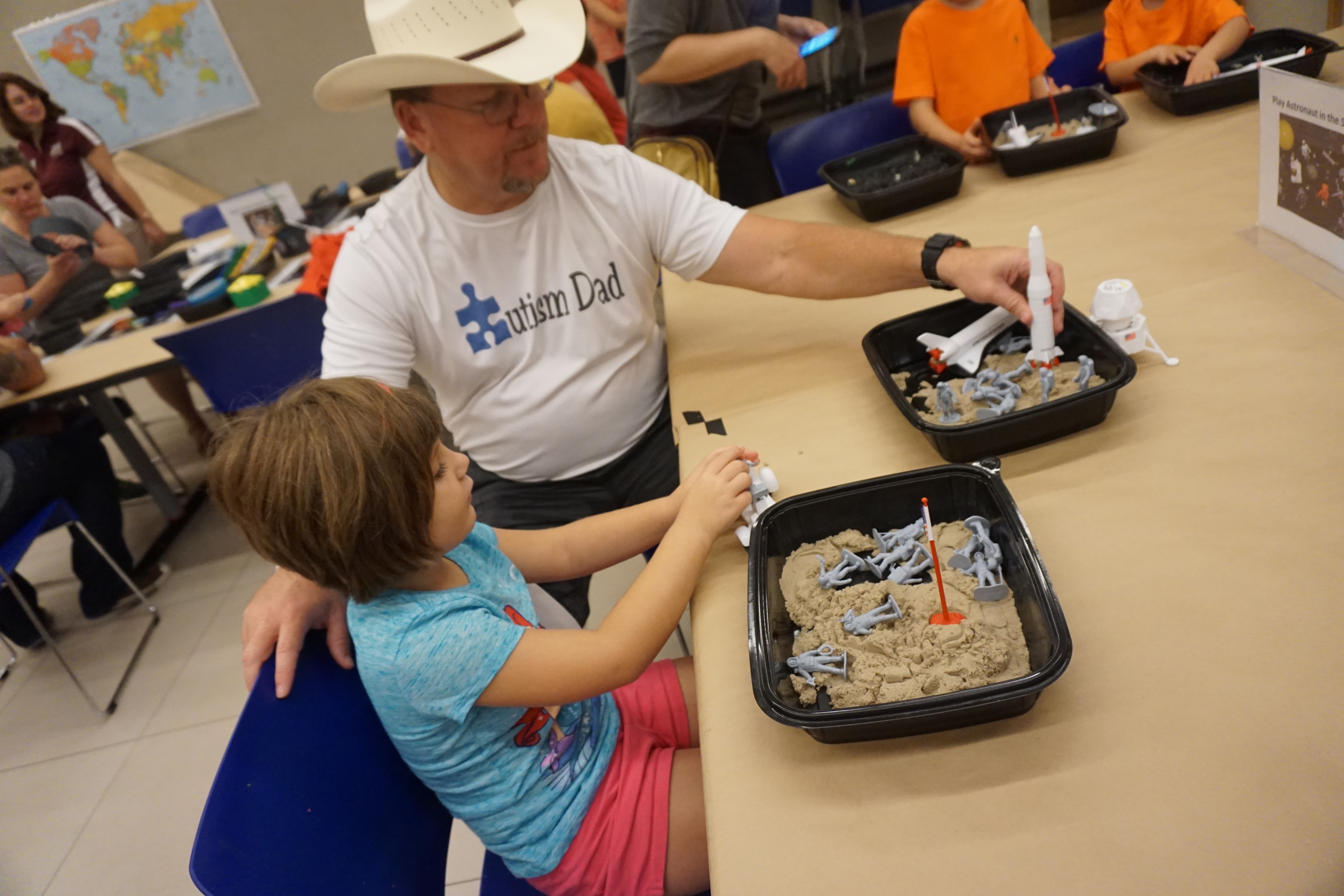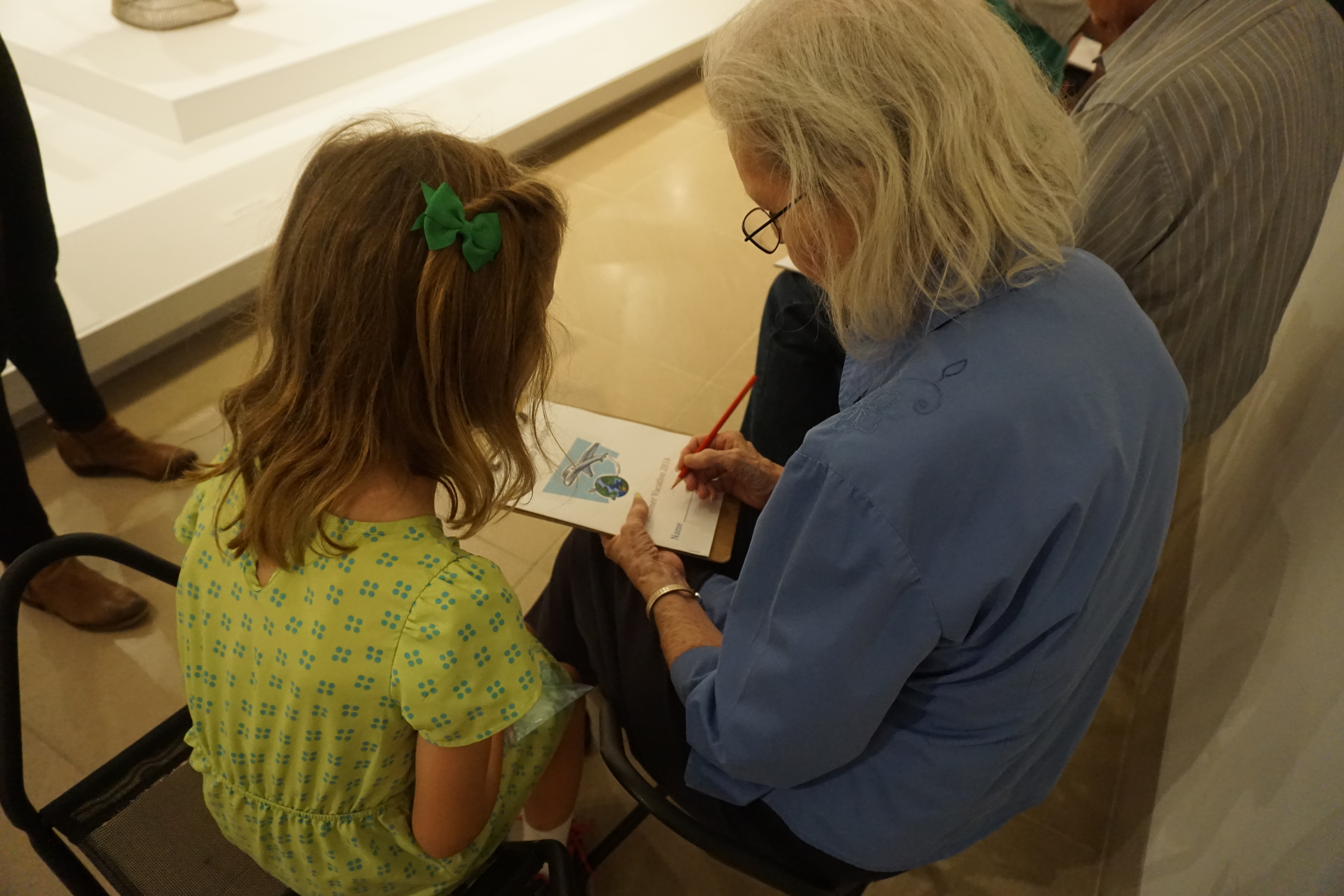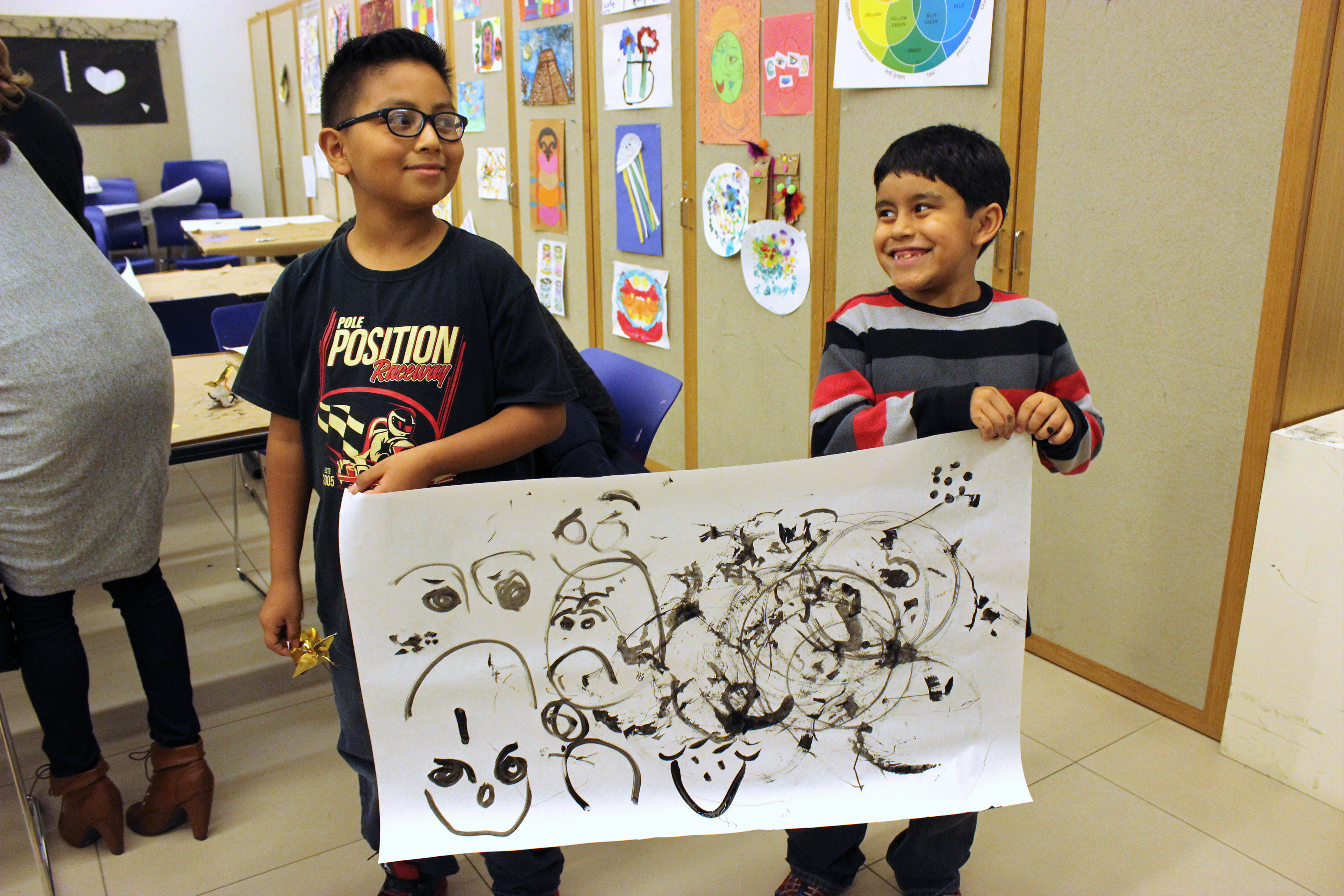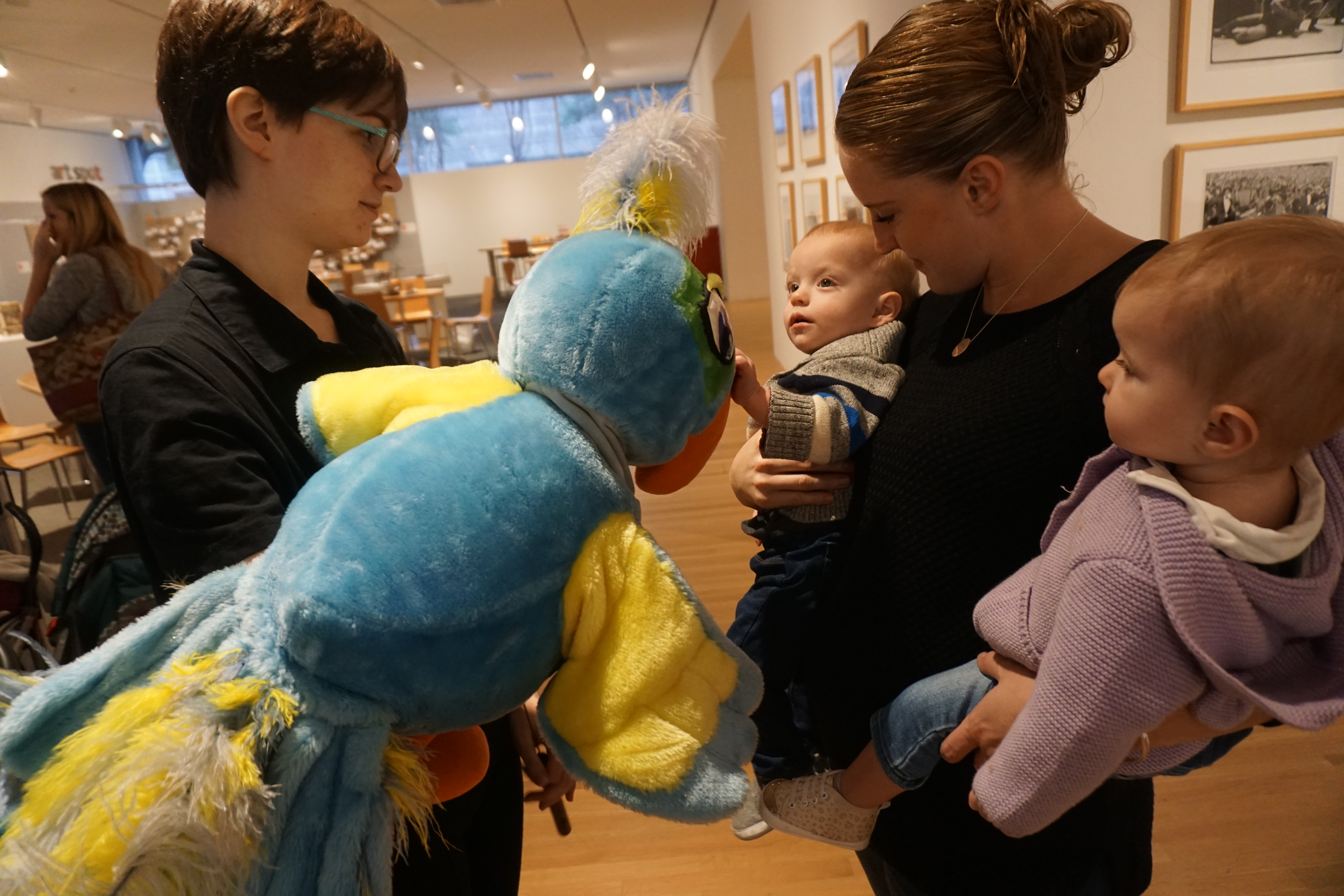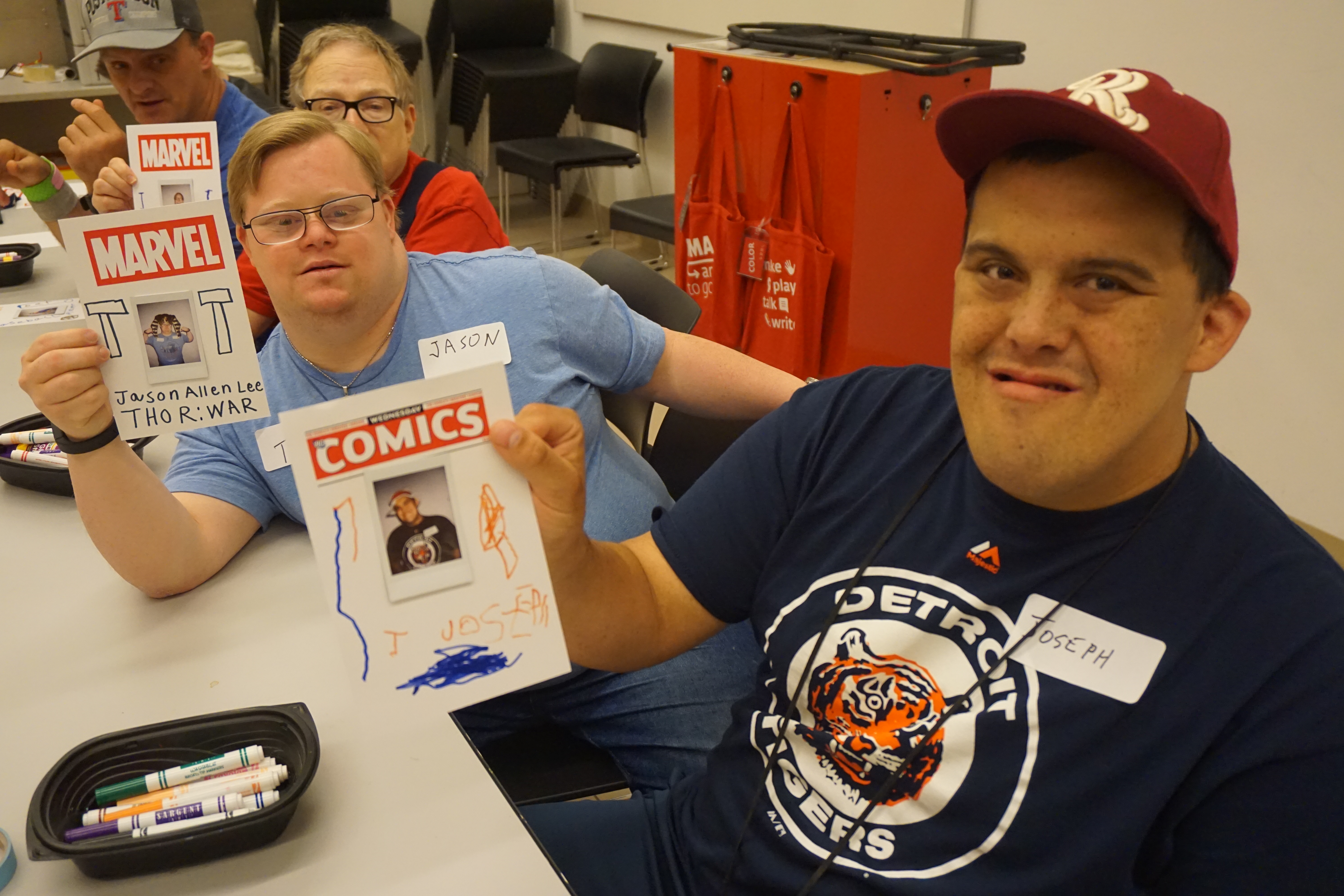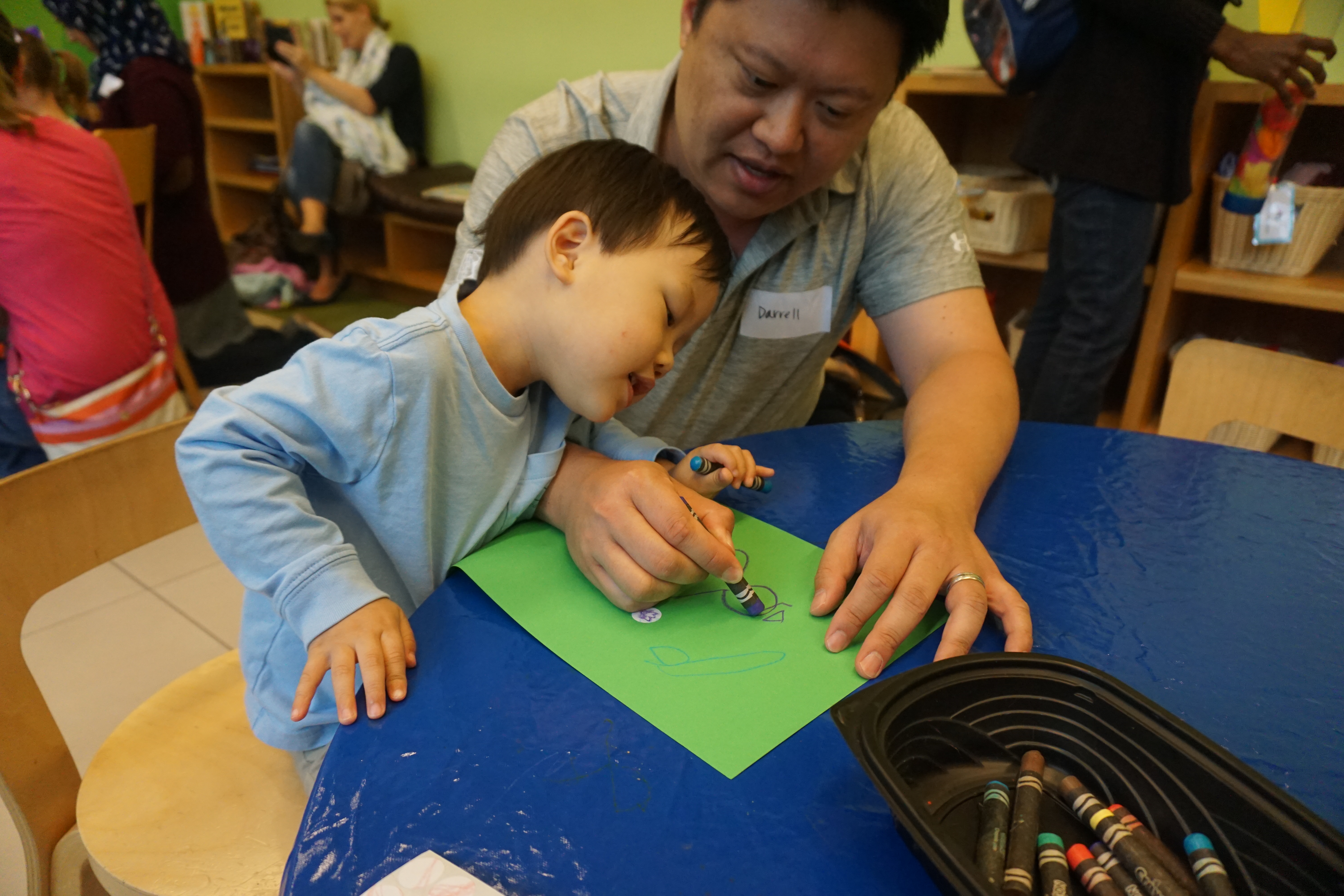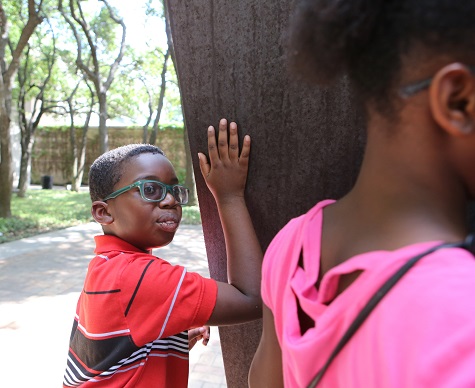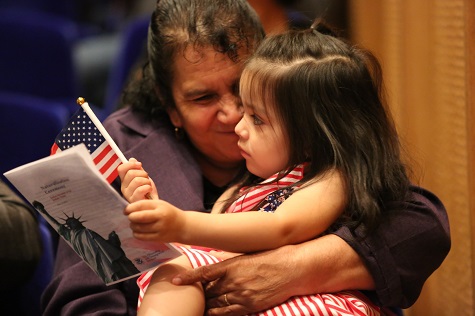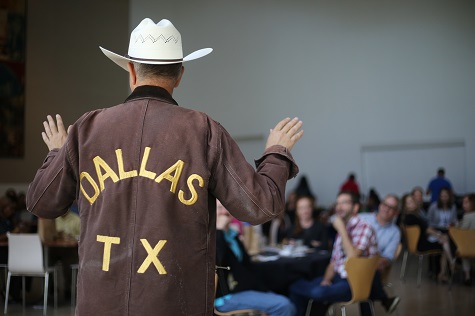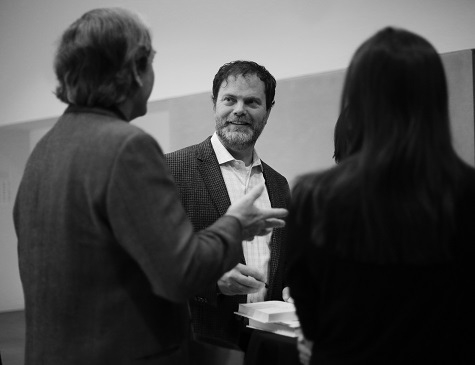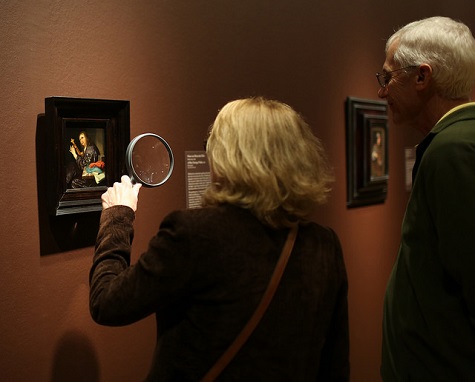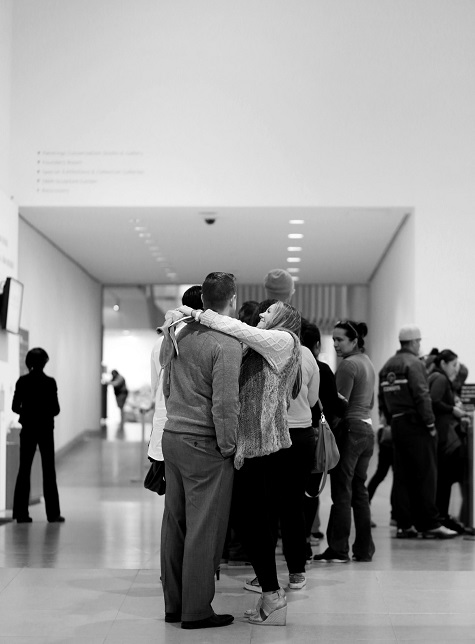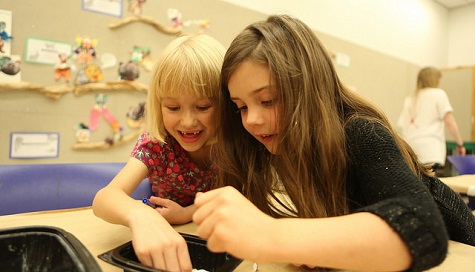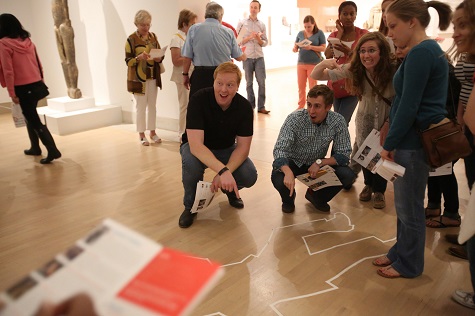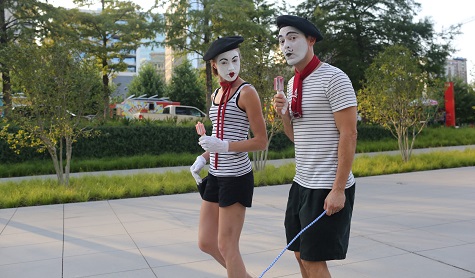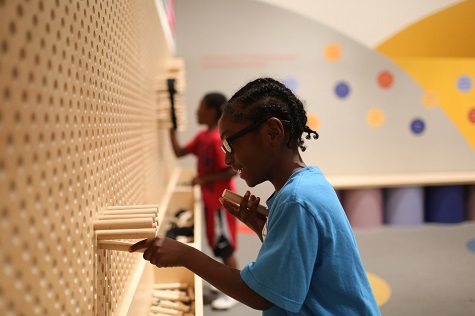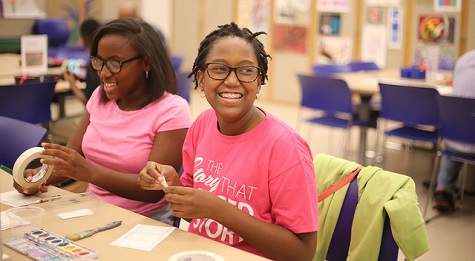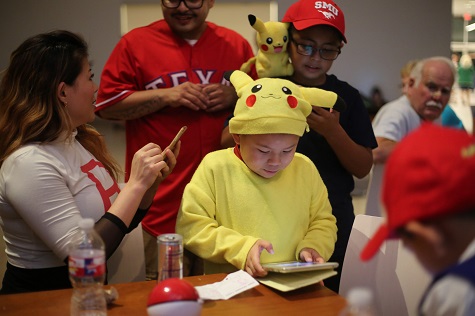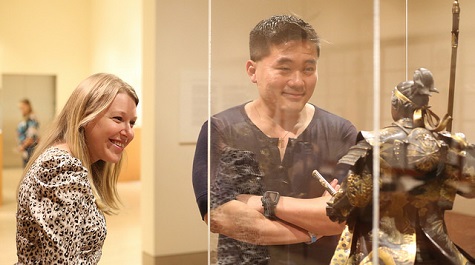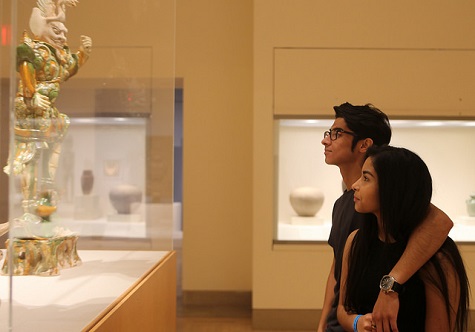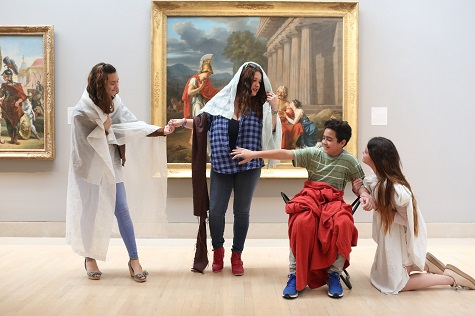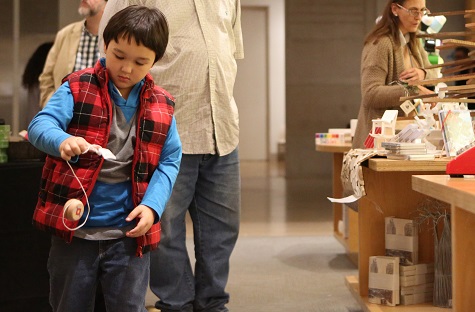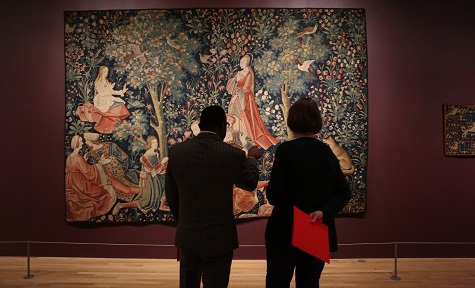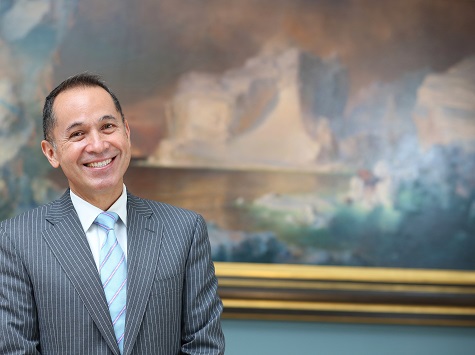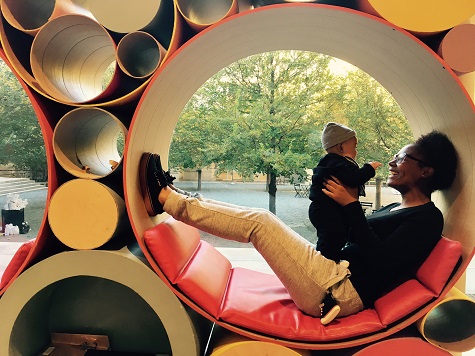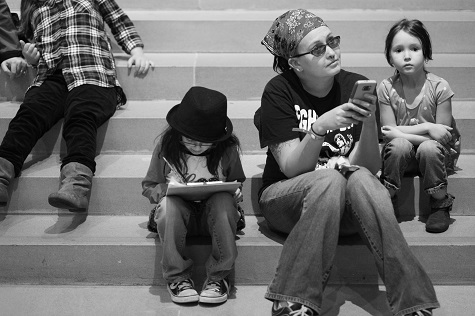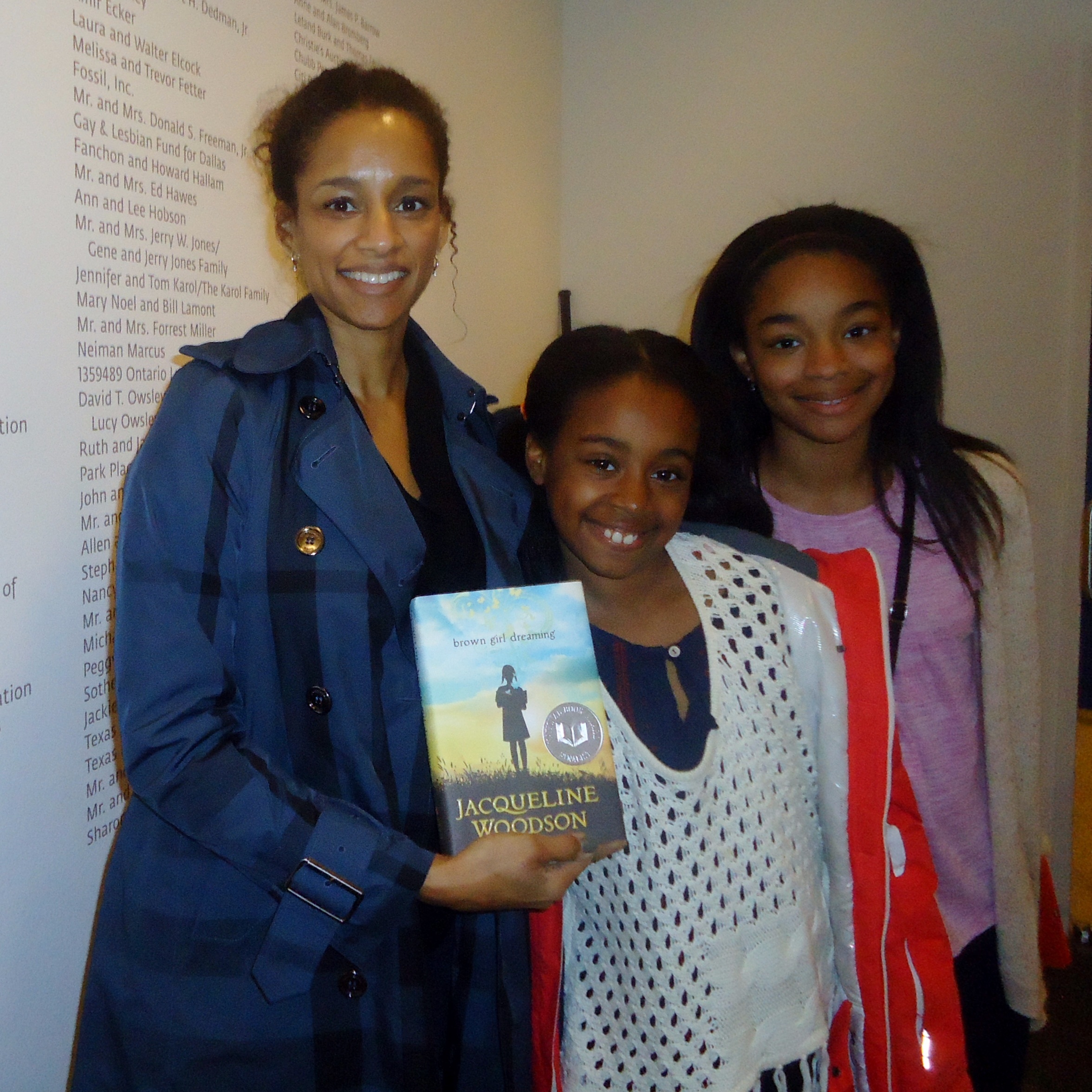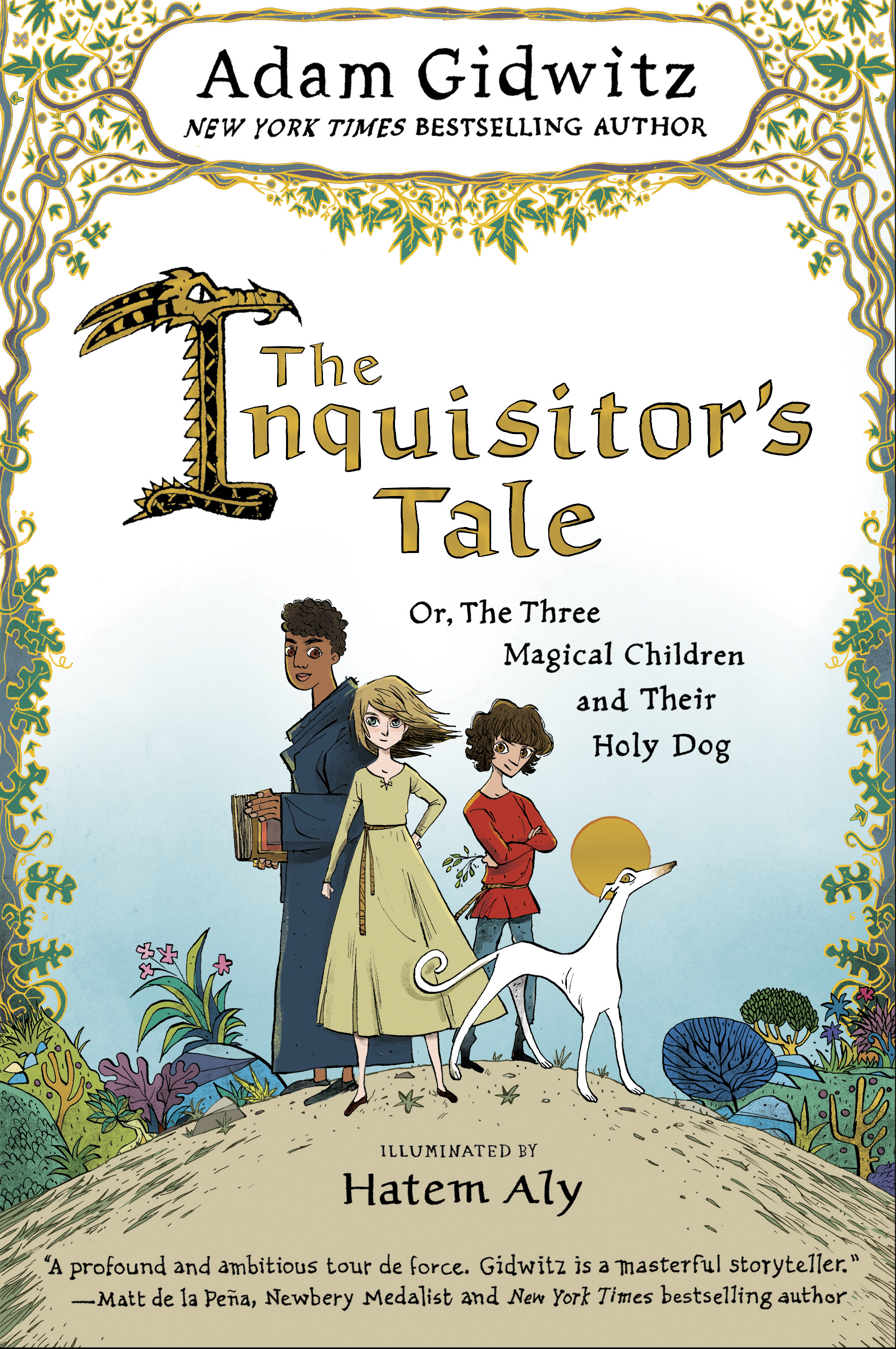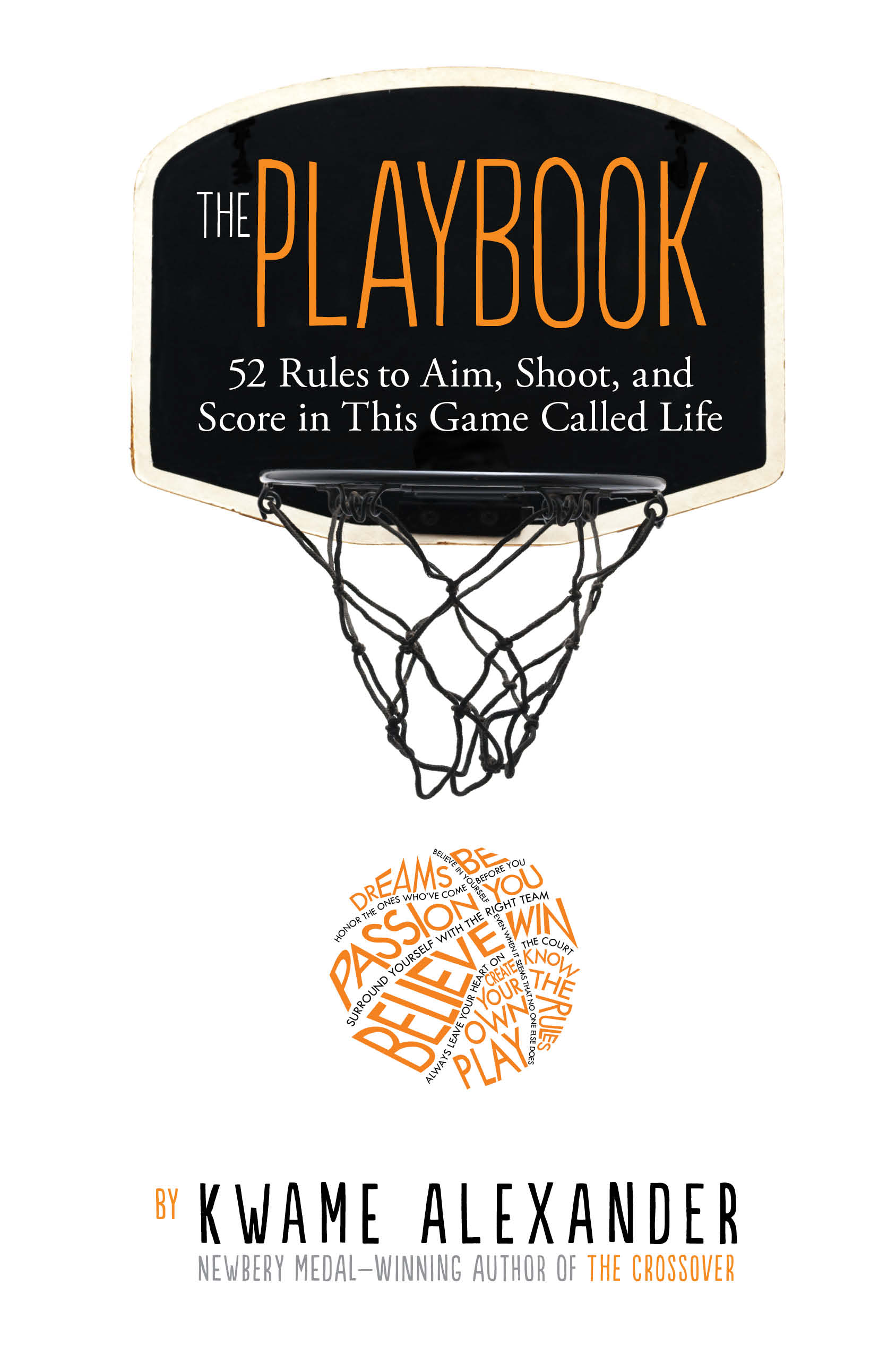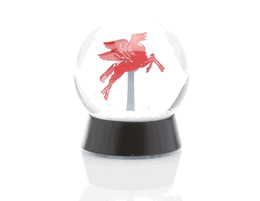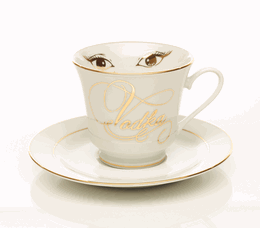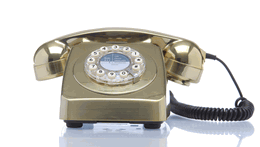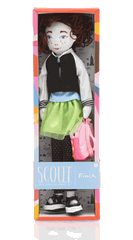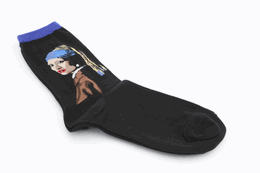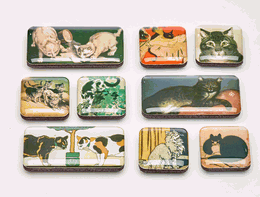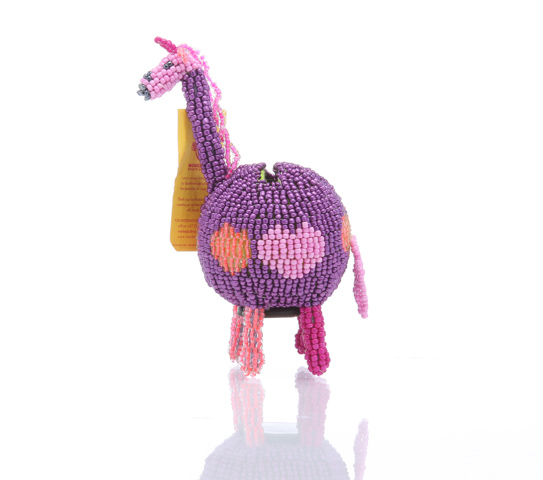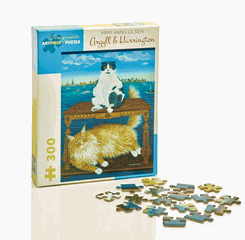Oh my pugness! The DMA staff has been going mutts over Dress Your Pet Up Day on January 14! We were so excited that we decided to start celebrating a little bit early this year. Our canine friends didn’t mind the inter-ruff-tion to their schedules, and our feline friends were glad there was to be no pro-cat-ination this time around—after all, they are purr-fessionals (whatevfur).
There is so much pet-tential with this round of dogglegangers that they just might head to Pawllywood after this blog post gets out! After all, the puparazzi eats this stuff up!
Sniff below for a fetching array of DMA pets re-creating works of art from the collection.
Thank you very mush for reading!

DMA Staffer: Katie Cooke, Manager of Adult Programming
DMA Pet: Bear, Tuxedo Cat, age 6 months
Portrait Inspiration: Fox in the Snow, Gustave Courbet
I chose this piece for Bear to re-create because his tail is as fluffy as that of this beautiful fox in Courbet’s painting. Since it was 75 degrees when I took this photo, fake snow was used, and since he is a cat, Photoshop had to be used as well. Who knew cats don’t want to do what you tell them?
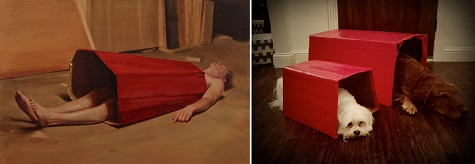
DMA Staffer: Andrea Severin Goins, Head of Interpretation
DMA Pet: Artie, Maltese-Shihtzu , age 7 years, and Shelby, Golden Retriever, age 9 years
Portrait Inspiration: The Devil’s Dress, Michaël Borremans
Shelby chose this work because she is drawn to the ambiguous drama and theatricality of Borremans’ paintings. Despite her fear of most things, she is an avid theater-lover and an aspiring Broadway actress. She included her little sis in her photo shoot because she thinks Artie is the drama queen of the household.
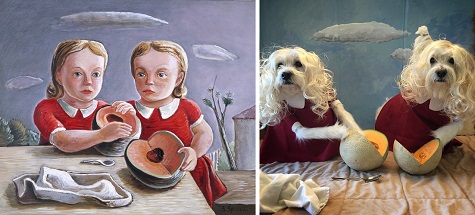
DMA Staffer: Kimberly Daniell, Senior Manager of Communications, Public Affairs, and Social Media Strategy; and Amanda Blake, Head of Family, Access, and School Experiences and Interim Director of Education
DMA Pet: Chloe, age 11 years, and George Costanza, age 10 years, West Highland White Terriers
Portrait Inspiration: Twins, Everett Spruce
Chloe and George are just like peas in a pod and are the dynamic duo of pet costumes. These two furry friends have partnered up for the past two years, and it was an obvious choice to have this seeing-double pair bring Spruce’s Twins to life. Chloe is still intimidated by George’s professionalism; he is the ultimate pro, even wearing a wig.
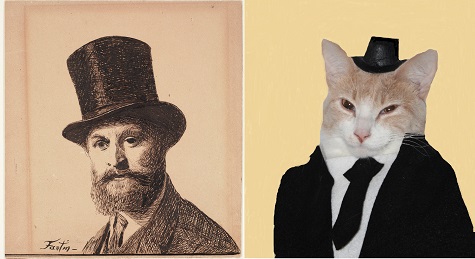
DMA Staffer: Queta Moore Watson, Senior Editor
DMA Pet: Floyd, Orange and White Tabby, 1 year old
Portrait Inspiration: Portrait of Manet, Henri Fantin-Latour
In this distinguished portrait of artist Edouard Manet, Henri Fantin-Latour “represents Manet as a respectable bourgeois citizen, rather than a painter, . . . to defuse the idea that Manet was a social as well as artistic radical.” We like to think of Floyd as a dapper young cat (yes, he is actually wearing that hat on his head!); however, in reality, Floyd drinks from the faucet, chases his tail in the bathtub, and still hasn’t learned his name. #catgoals
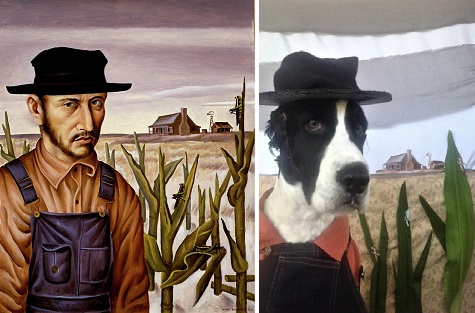
DMA Staffer: Stacey Lizotte, Head of Adult Programming and Multimedia Services
DMA Pet: Parker, English Springer Spaniel, age 3 (he belongs to my parents; I borrowed him when I was home for Christmas in what has become a new holiday tradition)
Portrait Inspiration: Share Cropper, Jerry Bywaters
My mom and I looked at several portraits before picking Share Cropper because Parker often has the same lost look on his face. My mom was the official costumer for the photo shoot—she made the hat out of my dad’s socks, cardboard, and Velcro, bought a child’s pair of overalls, and found some palm leaves in her neighbor’s yard to represent the corn stalks in our photo.
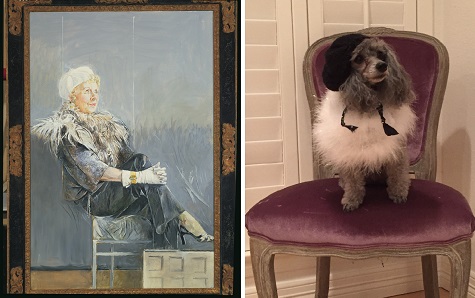
DMA Staffer: Jordan Gomez, Marketing Manager
DMA Pet: Jet, Toy Poodle often referred to as “Poodle Jet,” age 5
Portrait Inspiration: Portrait of Mrs. Emery Reves, Graham Sutherland
Since Jet is a French Poodle, I felt like she needed to dress up as a portrait in the Wendy and Emery Reves Collection. I borrowed a puppy beret from another staff member and purchased the feather boa from a craft store and thought my lavender office chair would be the perfect setting for Poodle Jet to have her portrait made.
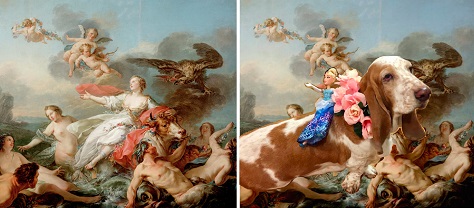
DMA Staffer: Jessie Frazier, Manager of Adult Programming
DMA Pet: Jenny, Basset Hound, age 6 and a half
Portrait Inspiration: The Abduction of Europa, Jean Baptiste Marie Pierre
Jenny shares a few traits with the Roman king of the gods—determination, a mischievous twinkle in her eye, and unwavering confidence in her supremacy. Also, like her less freckled COW-nterpart, she always gets what she wants . . . a peanut butter treat.
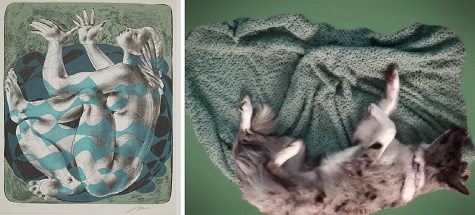
DMA Staffer: Julie Henley, Communications and Marketing Coordinator
DMA Pet: Lyla Jane, Australian Shepherd, age 9 months
Portait Inspiration: Sea Nymphs, Hans Enri
Much like the sea, Lyla Jane only has two modes, calm and tranquil or unruly and intrusive. When I looked into these goddesses of the deep, two seemed to perfectly describe my little monster, AMPHITHOE, which means “she who moves swiftly around,” and AUTONOE, which means “with her own mind.” Ironic, since Lyla Jane hates water.
DMA Staffer: Jessica Fuentes, Manager of Gallery Interpretation and the Center for Creative Connections
DMA Pet: Nene, age 7 and a half, and Cleopatra and Frappuccino, age 4 weeks, Chihuahuas
Portait Inspiration: Miss Dorothy Quincy Roosevelt (later Mrs. Langdon Geer), John White Alexander
I chose this work of art because it has been a favorite of mine for a long time and we have the perfect green chair to use as a prop! Originally I thought of posing Nene in the role of Miss Dorothy Quincy Roosevelt and my daughter in the role of the dog. Then, Nene unexpectedly gave birth to these two precious girls and I thought this would still be a great image for the three of them.
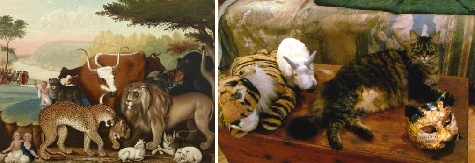
DMA Staffer: Anne Bromberg, The Cecil and Ida Green Curator of Ancient and Asian Art
DMA Pet: Miss Suzl, Maine Coon Cat, age 6 years
Portrait Inspiration: The Peaceable Kingdom, Edward Hicks
Suzl’s good with other animals so this work made sense!

DMA Staffer: Fran Baas
DMA Pet: Captain Charles and Annie, age 6 years
Portrait Inspiration: Nicolas Party, Two Men with Hats, 2016
I pass this marvelous Nicolas Party pastel daily in the concourse. The bright colors, hats, snazzy collars and makeup make me happy. Obviously, this Photoshop mashup had to happen. My artist process was sitting on the floor with my lovely smart teenage niece and playing in Photoshop. Life can be stressful, but smiling and laughing with my niece last night was priceless.
Julie Henley is the Communications and Marketing Coordinator at the DMA.
